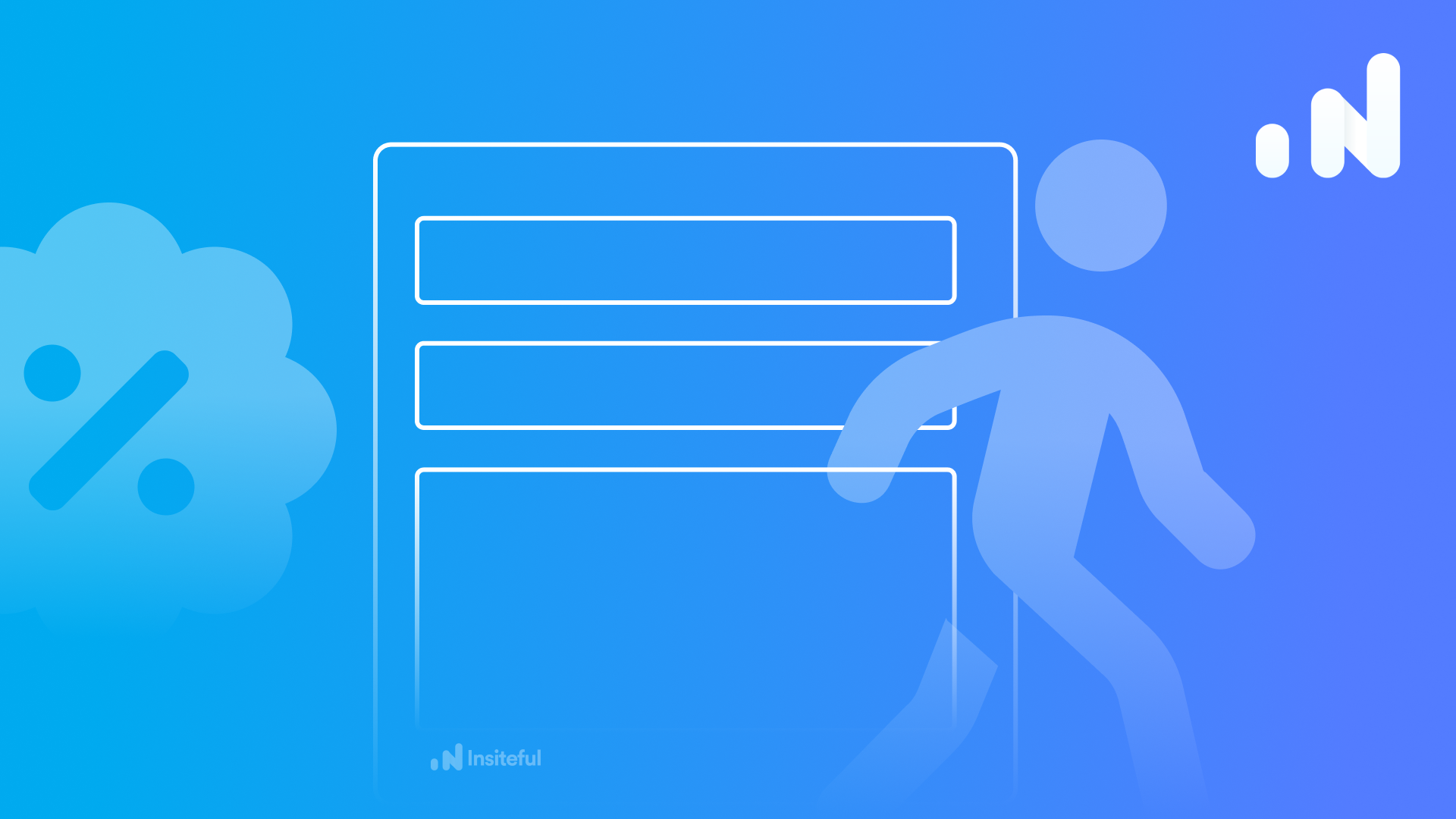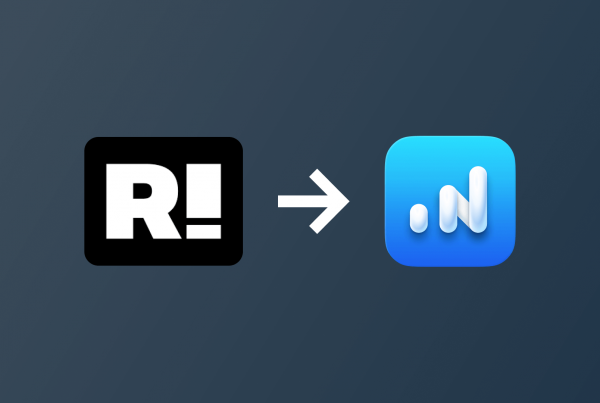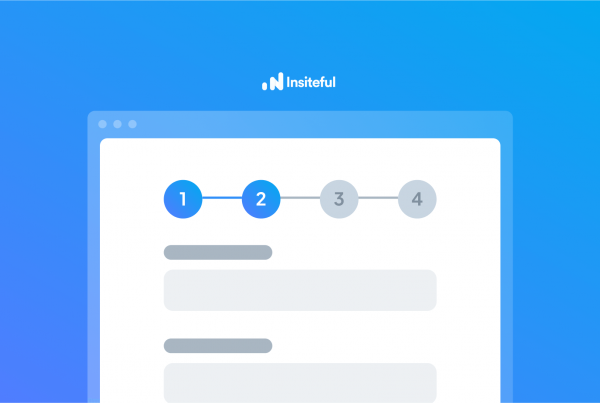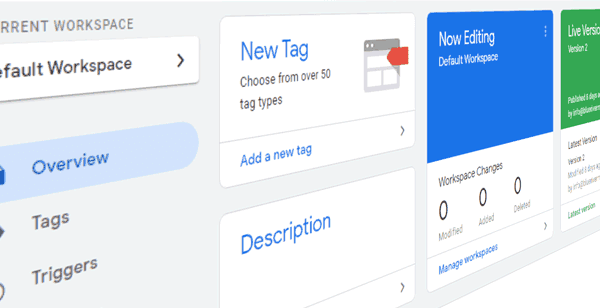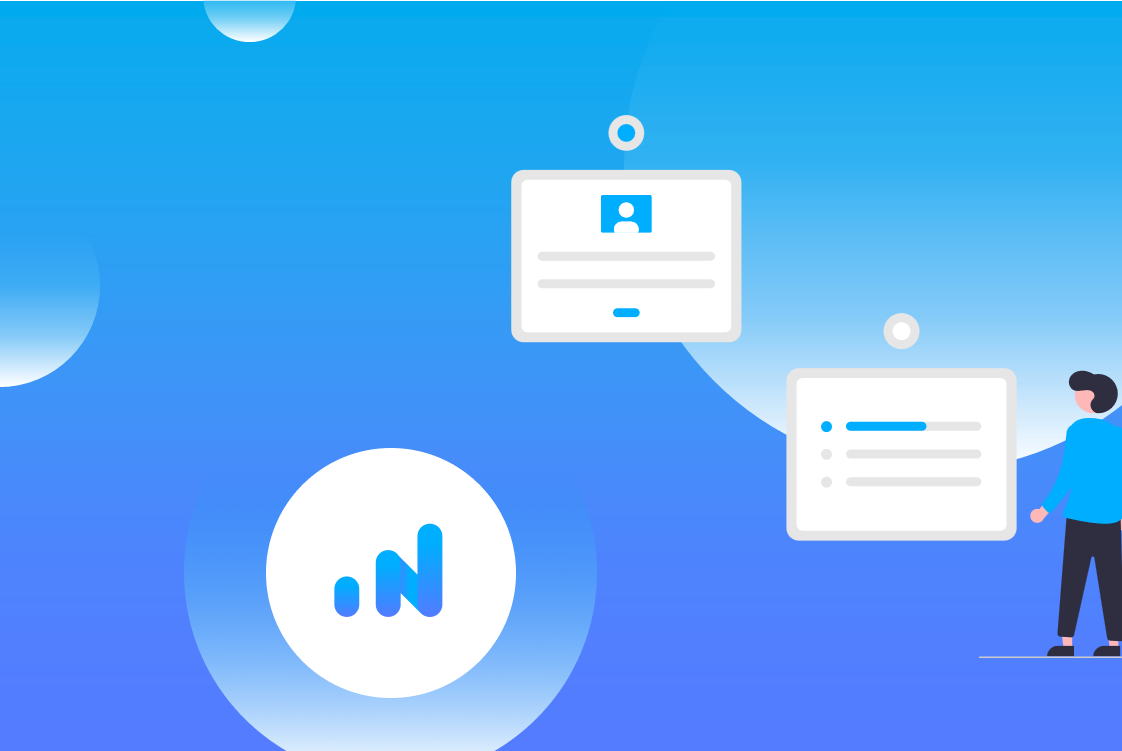Since statistics can be used to make informed decisions about marketing efforts, they are an invaluable tool that every marketer should keep up with. Using statistics intelligently can make the difference between a marketing strategy that is massively successful and one that alienates potential customers.
As every marketing strategy is a multidimensional approach that includes lead generation to landing pages, online forms to conversion rate optimization, we have compiled a list of all the important and interesting statistics you need to know.
Lead Generation Statistics
-
- In terms of marketing challenges, 63% of businesses say that generating leads and web traffic is their biggest problem.
- The majority of marketers (85%) admit that lead generation is their most important content marketing goal.
- For generating leads, 53% of content marketers incorporate interactive content.
- In content marketing, one of the top three business objectives is lead generation (the other two are lead nurturing and sales). Leads can be generated by story-telling rather than by providing stats. For, people remember stories thirteen times more than they do stats.
- Blogs generate leads. This has been experienced by 57% of businesses. Your leads would like to understand your brand’s value and the benefits it provides. If you want to increase your lead generation, start writing and posting blogs.
- Only a quarter of the leads you generate are ready to proceed to sales.
- Generating outbound leads is 39% costlier than generating inbound leads. Even then, these are not as effective as the inbound leads.
- 79% of successfully running businesses have been employing marketing automation for lead generation for three years or more. This is because, the quicker the responses they get, the more is the likelihood that they buy from you.
- 80% of marketers employ automation software for getting more leads.
- 44% of marketers say “Better measure the ROI of our demand generation initiatives” is their top priority for 2021. (Demand Gen Report, 2021)
- More than half (53%) of marketers say webinars are the top-of-the-funnel format that generates the most high-quality leads. (Demand Gen Report, 2021)
- 53% of marketers say email has been the most effective channel for early-stage lead generation. (Demand Gen Report, 2021)
- In 2021, 78% of marketers say their demand-gen budget will grow or remain the same. (Activate, 2020)
- 59% of marketers point to email as being their best channel for revenue generation. (Emma)
- 61% of marketers consider generating traffic and leads to be their biggest challenge. (HubSpot)
- 53% of marketers spend at least half of their budget on lead generation. (BrightTALK)
- Less than one-fifth of marketers think outbound practices provide valuable leads. (HubSpot)
- 80% of marketers think marketing automation generates more leads. (APSIS)
- Outsourcing lead generation beats handling it in-house. (Fearless Competitor)
- Linkedin is the most effective social media channel for B2B lead generation. (OKtopost)
- Content marketing is thrice as effective at generating leads as outbound marketing while costing a whopping 62% less. (Demand Metric)
- 80% of B2B companies use content marketing for lead gen. (Content Marketing Institute)
- Marketers with blogs are 13x as likely to drive positive ROIs. (HubSpot)
- 79% of B2B marketers think email is most effective for demand generation. (Content Marketing Institute)
- 59% of B2B marketers think SEO has the biggest impact on lead gen. (Marketing Charts)
- Websites with 40+ landing pages generate 12x more leads (HubSpot)
- Longer landing pages generate 220% more leads than shorter landing pages (Marketing Experiments)
- Organizations with websites of 401-1000 pages get 6 times more leads than sites with 51-100 pages (Strategic-ic.co.uk)
- Businesses who nurture leads make 50% more sales at a cost 33% less than non-nurtured prospects (Strategic-ic.co.uk)
- The biggest factors that will drive B2B marketing growth are big data, predictive analytics, AI, and social media. (Marketing Charts)
Conversion Rate Optimization Statistics
-
- Only 17% of marketers use landing page A/B tests to improve conversion rates. (HubSpot, 2020)
- The first five seconds of page-load time have the highest impact on conversion rates. Website conversion rates drop by an average of 4.42% with each additional second of load time. (Portent, 2019)
- In a survey conducted by Databox, 70% of respondents said that SEO is better than PPC for generating sales. (Databox, 2019)
- Landing pages, the least popular type of signup form, have the highest conversion rate (24%). On the other hand, popups, the most popular signup form, have the second-lowest conversion rate (4%). (Omnisend, 2019)
- Companies spend just $1 on conversion rate optimization for every $92 spent on customer acquisition. (Econsultancy)
- Top-converting companies spend at least 5% of their budget on CRO. (Adobe)
- Leads are 9x more likely to convert when businesses follow-up within 5 minutes. (Ziff Davis)
- The average website conversion rate is 2.35% (Wordstream)
- The best websites have conversion rates of 11% or more (Wordstream)
- The average mobile conversion rate is around 1.53% (Statista)
- Sporting goods have the LOWEST average eCommerce conversion rate by industry (2.35%) (Yotpo)
- Food and beverages have the HIGHEST average eCommerce conversion rate by industry (4.95%) (Yotpo)
- The lowest B2B average conversion rate by industry is non-profit (2%) (MarketingSherpa)
- The highest average conversion rate by traffic source is paid search (2.9%) (Smart Insights)
- Around two-thirds of businesses still don’t have a structured CRO strategy in place (CXL Institute)
- Reducing the number of form fields from 11 to 4 generates 120% more conversions (Unbounce)
- Multi-page forms have higher average completion rates than single-page forms (Formstack)
- Asking for a telephone number will hurt your conversions (Unbounce)
- Removing page navigation from your landing pages boosts conversion rates by up to 100% (VWO.com)
- 56% of marketers say A/B testing is their preferred CRO method (Econsultancy)
- Businesses that successfully boost conversion rates perform 50% more tests (Econsultancy)
- Over half of all companies that use landing pages test them to increase conversions (Marketingexperiments)
- User-generated content boosts conversion rates by 161% (Yotpo)
- Personalized CTAs outperform non-personalized CTAs by 42% (HubSpot)
- Personalized email messages generate 10% more conversions (Aberdeen)
- Slow loading pages reduce conversions by 7% (Neil Patel)
- 8 out of 10 or 82% of marketers say knowing how to test effectively is “somewhat” or “very challenging” (Adobe)
- Using correct targeting and testing methods can boost conversion rates up to 300%. (Marketing Experiments)
- 61% of companies run five or fewer landing page tests per month. (Econsultancy)
- 42% of offer-related graphics on landing pages are not clickable. (Marketing Experiments)
Form Abandonment Statistics
-
- 81% of people have abandoned a form after beginning to fill it out. (The Manifest)
- 29% of people cite security reasons as one of the main concerns when it comes to completing online forms, followed by form length (27%)

- More than 67% of site visitors will abandon your form forever if they encounter any complications; only 20% will follow up with the company in some way.
- 30% of people will return to complete a form if there’s something in it for them such as a free tool.
- 19% of people will return to complete a form if the company reaches out to them through email or business phone to re-engage them.
- Only 44% of businesses send an email receipt to customers, email verification (38%), or promotional emails (22%).
- 3% of people prefer to fill out forms on mobile devices as compared to 84% that prefer a desktop or laptop.
- 60% of job seekers will abandon your online job application form because of the length or complexity. (SHRM)
- On the other hand, 50% of employers claim the length of their job application forms is effective at weeding out applicants that don’t want to finish.
- 76.9% of shoppers abandon checkout forms. (SaleCycle)
- The travel industry has the highest form abandonment rate at 81%, followed by nonprofits (77.9%), finance (75.7%), and retail (75.8%).
- Limiting the number of form fields to 3 can slash form abandonment rates. (Quicksprout)
- Forms with dropdown form fields have the highest form abandonment rates.
- Asking for a phone number reduces form conversion rates by as much as 5%, followed by street address (4%), a person’s age (3%), and city and state (2%).
- 37% of people will abandon a form asking for their phone number, unless the field is optional, which nearly doubles completions.
- Your form submits text makes a difference: 3% more people will abandon if you use the word “Submit.”
- 2-column forms are confusing and can lead to form abandonment.
- You’re likely to have a higher form abandonment rate when your form’s CAPTCHA is turned on. (Moz)
- The top three reasons for abandonment include unexpected costs (shipping, taxes, fees), required account creation, complicated checkout process. (Baymard Institute)
- Better checkout design can reduce form abandonment by as much as 35%, which translates into nearly $260 billion in recovered orders.
- 35.6% of people trust the Norton Secured trust badge, making it the most recognized and trusted.
- In a study of 1.5 million site visitors, only 49% of them actually added details to an online form after viewing it. (Formisimo)
- Of that 49% that started filling out the form, only 16.5% completed it.
- 23% of people will not fill out your checkout form if you require them to create a user account.
- 12% of people will abandon a form during an online checkout if there are no trust badges.
- Almost 30 % of landing pages have too much copy (Unbounce)
- Featuring more than one offer on a landing page can decrease conversion rates by as much as 266% (Wishpond)
- Using click-to-scroll reduces the bounce rate by 37% (OptinMonster)
Form Conversion Statistics
-
- The average website conversion rate is 2.35% (Wordstream)
- The best websites have conversion rates of 11% or more (Wordstream)
- The average mobile conversion rate is around 1.53% (Statista)
- The average desktop conversion rate is around 4.14% (Statista)
- Food and beverages have the HIGHEST average eCommerce conversion rate by industry (4.95%) (Yotpo)
- The mean conversion rate for online forms sits at approximately 21.5% (though this number varies depending on industry).
- Running A/B tests, analyzing form data, and checking the user experience all correlate with higher form conversions.
- Multi-step forms in WordPress can lead to 300% more conversions. (Venture Harbour)
- Only 40% of marketers claim to use multi-step forms, and 17% that do claim they are the reason for their satisfaction when it comes to lead generation.
- 50% of marketers who use lead magnets to encourage signups report higher conversion rates.
- eBooks are the most popular lead magnet amongst subscribers, with 27.7% of marketers using them.
- The five main elements of a form that will be completed include engaging, ease, peace of mind, ability, motivation. (Venture Harbour)
- Increasing your value proposition and adding trust signals can boost conversions by as much as 60% or more.
- Using a quiz-like form to capture information has the potential to triple conversions.
- The best performing CTA button text includes: “Click Here,” “Go,” “Download,” and “Register.” (Quicksprout)
- Left-aligned labels increase readability and boost form conversions.
- Labels on top of form fields lead to higher form completions.
- Removing as little as one form field can boost form conversions by as much as 26%.
- The most persuasive words in the English language include: you, easy, guarantee, save, new, proven, results, and free, and can help skyrocket form conversions if used right. (The Daily Egg)
- Nearly 70% of consumers will look to online product reviews before making a buying decision. (Consumerist)
- Adding to that, you can improve conversion rates by 4.6% if you add 50 or more reviews per product that you offer, whether in an eCommerce store or on your online order form. (Econsultancy)
- Desktops have the highest form conversions rate at 17.5%, followed by tablets (16.9%) and mobile phones (12.7%). (Formisimo)
- Chrome has the highest conversion rate at 17.8%, with Firefox at 17.3%, Internet Explorer at 15.9%, and Safari at 14.3%.
- The peak time for form conversions is 9 pm, signaling people prefer to finish completing forms (especially order forms) from the comfort of their own homes.
- Instilling a sense of urgency can boost a person’s desire to complete a form.
- Regardless of device type, site visitors will fill out online forms more often when they appear above the fold. (Nielsen Norman Group)
- Landing pages that included sign-up forms had less conversion (5-6%) power when they required people to divulge their birth date or gender. (Omnisend)
- The best-performing sign-up forms included only email and phone number fields and had a 10.15% conversion rate. (Omnisend)
- Pages with only 1 CTA have 1.6% more conversion power than those with 2 or more (Unbounce)
- Landing pages that feature social proof convert 1.1% better than those that don’t (Unbounce)
Online Form Statistics
-
- 50% of marketers say that inbound marketing strategies, like lead forms, are their chief ways of acquiring leads.
- About 3/4th of companies (74%) use online forms for generating leads. Of these, 49.7% say that these forms bring them the highest conversion for lead generation.
- 45% of form data is submitted from a mobile device. (WPForms, 2021)
- 49.7% of such organizations say that online forms convert more leads compared to other tools. (WPForms, 2021)
- Surveys are the longest type of form—but they have one of the highest conversion rates.
- In the first 5 seconds after a click, each additional second of load time reduces a websites conversion rate by 4.42% on average
- Having 10-12 landing pages increases leads by up to 55%
- Most landing pages include 5 form fields on average (Databox)
- Landing pages make up only 5.1% of all enabled sign up form
- Contact form landing pages typically have low conversion rates (Square2Marketing)
- 46% of marketers consider form layout to have a significant impact (Square2Marketing)
- It’s most optimal to have 3 form fields on your landing page (HubSpot)
- The average number of fields on lead generation forms is 11 (Source: PAGEWIZ)
Learn how Insiteful.co automagically tracks form abandonment and optimizes your existing forms to convert more leads.
